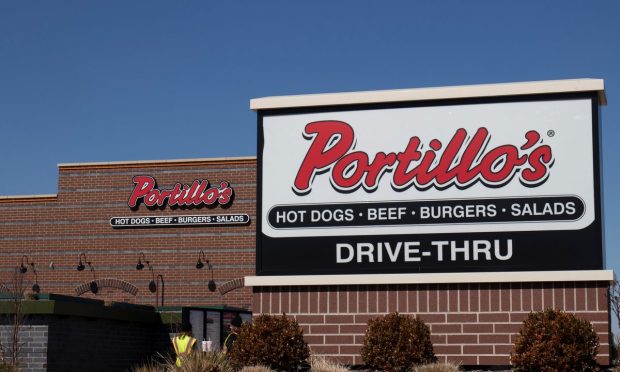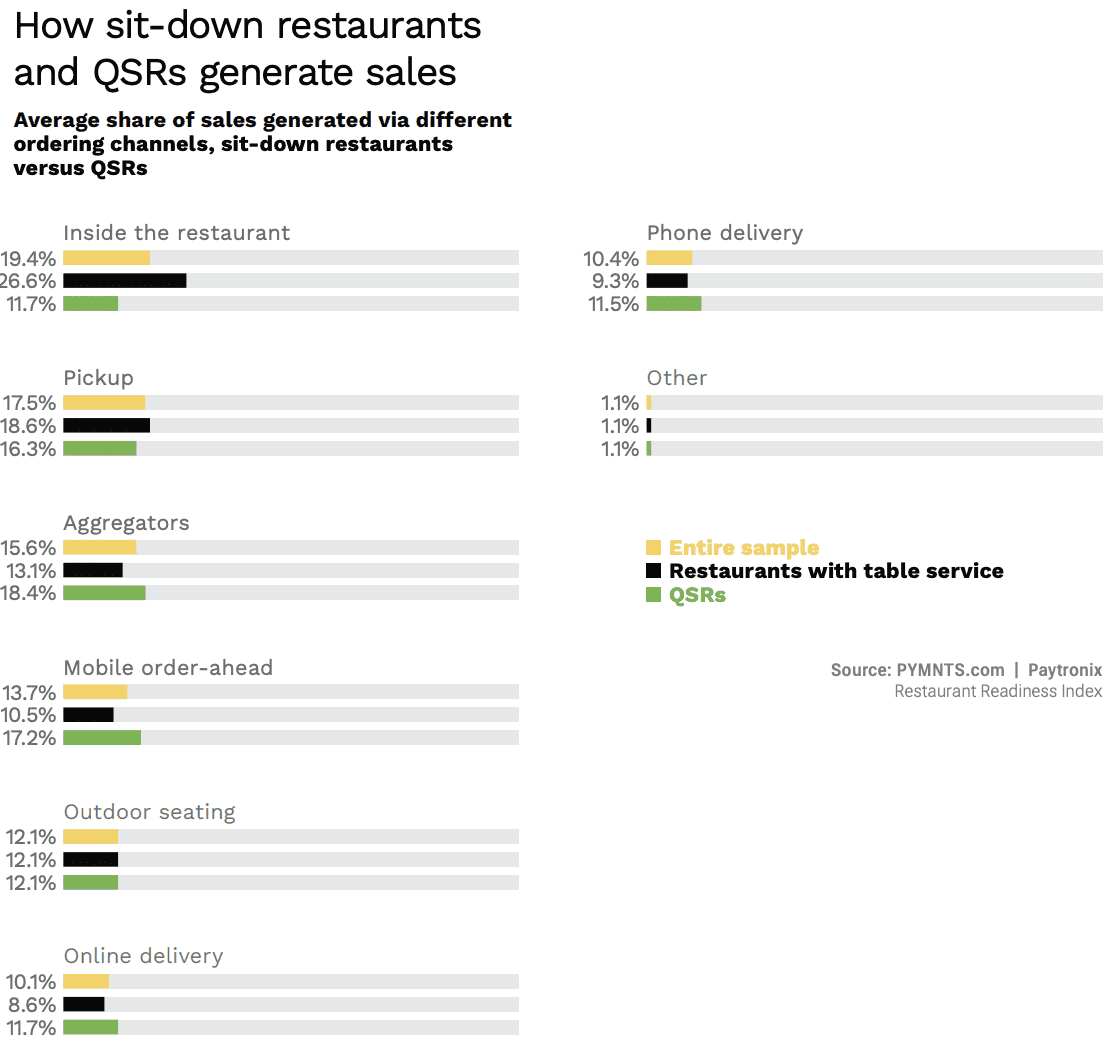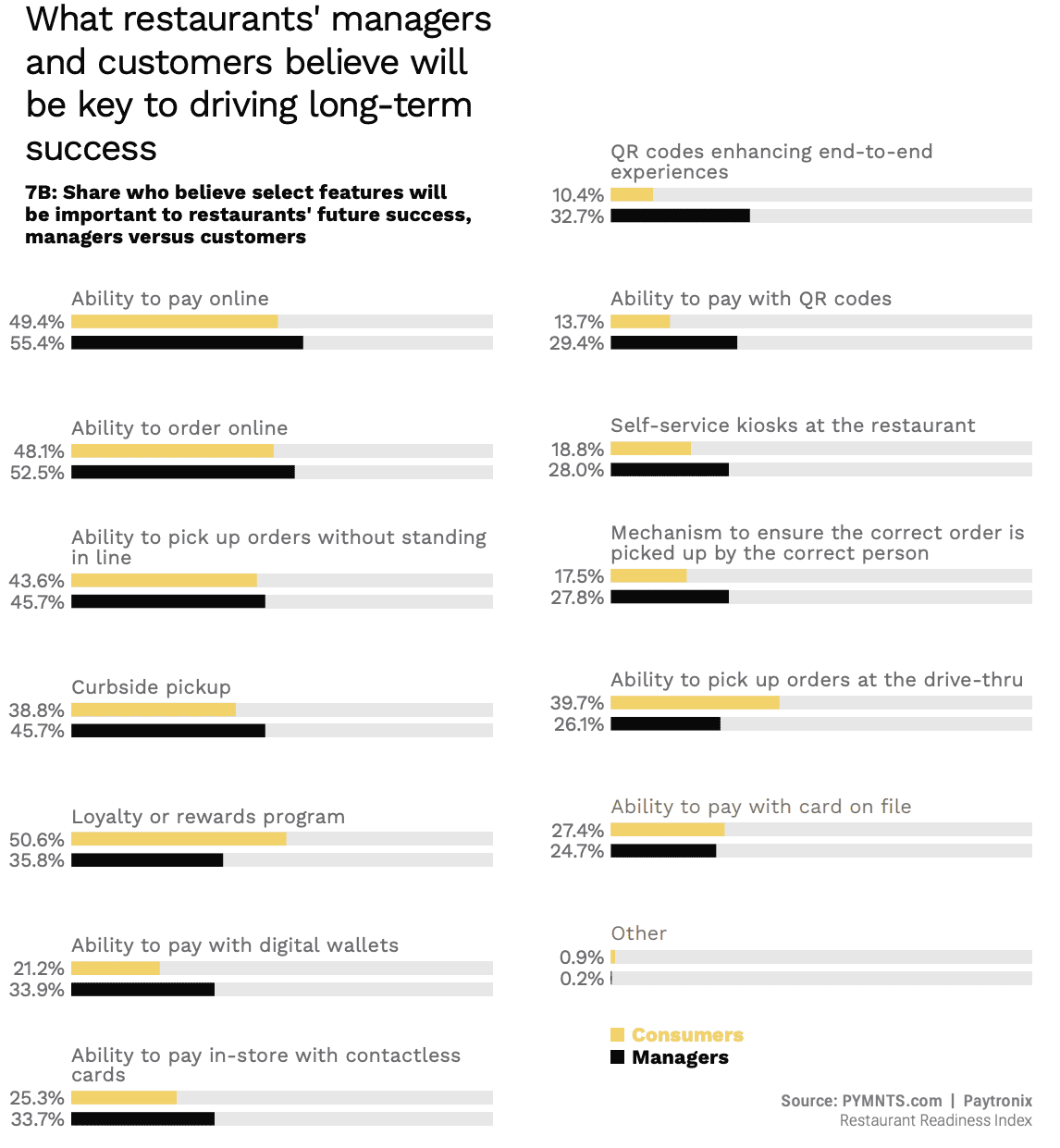Gearing Up to Go Public, Portillo’s Faces Uncertain Digital Future

As Portillo’s prepares for its upcoming initial public offering (IPO), the opportunities and threats associated with the rapid acceleration of the digital shift loom large. On Monday (Sept. 27), the Illinois-based fast-casual chain, which operates over 60 locations across nine states, filed with the U.S. Securities and Exchange Commission (SEC) to go public via IPO.
With this offering, the company aims to raise funds to pay off its outstanding debt, which stood at $482.4 million as of late June.
Highlighting the risks that could compromise the company’s success on the market, Portillo’s noted, “The digital and delivery business, and expansion thereof, is uncertain and subject to risk.”
Though industry insiders are fairly certain that demand for digital ordering will remain high, it still remains to be seen which technologies will help restaurants pull ahead and which will prove poor investments.
The filing states, “If we do not maintain and innovate our digital systems that are competitive with the industry, our digital business may be adversely affected and could damage our sales.”
Additionally, the company highlights the risks that reliance on third-party ordering and delivery services poses. Portillo’s notes that the company cannot control the quality of consumers’ experience through these third parties. The company also notes that, in partnering with third parties, Portillo’s could bear the brunt if that service underperforms relative to competitors.
The Context
At the start of the pandemic, many restaurants, Portillo’s included, went digital in a rush, hurrying to become available through as many channels as possible.
“We didn’t have curbside pickup when the pandemic started,” John Isbell, Portillo’s vice president of learning and development, told PYMNTS in an interview earlier this year. “My boss came and said, ‘I need curbside, and I really would like to start tomorrow.’ We turned around a model in 24 hours that allowed a curbside system. We didn’t get much sleep that night.”
See also: Portillo’s On The Importance Of Creating Smooth Drive-Thru, Mobile Ordering Experiences
Now, the question is not whether a given restaurant is available through digital platforms or not but rather how competitive an experience that restaurant provides through its digital channels.
What the Experts are Saying
The key to surviving in this competitive digital space, industry leaders believe, is offering consumers the most relevant, personalized experience.
“We’re so close to taking consumer profile and making a personalized and radically better experience of commerce for them at the restaurants that are using the platform, based on what we know about consumers,” Olo Founder and CEO Noah Glass told Karen Webster in an interview in May.
Read more: Olo’s Noah Glass On Powering The $1.6 Trillion ‘Eats’ Ecosystem
Additionally, Michelle Tempesta, head of product for Paytronix, told PYMNTS in an interview for PYMNTS’ January Order to Eat report, a Paytronix collaboration, “We see artificial intelligence as a way to drive individual action [IA] in what we call AI to IA. It’s using artificial intelligence to predict guest behavior, personalize touchpoints, and surprise and delight guests on- and off-premises. When AI to IA is applied to win-back campaigns and other programs, we see a 25 percent increase in efficacy.”
By the Numbers
Data from PYMNTS’ Restaurant Readiness Index, also created in collaboration with Paytronix, find that sales generated through digital channels — pickup, aggregators, mobile order-ahead and online delivery — account for 57% of restaurants’ sales.
Additionally, consumers and restaurant managers alike believe that digital features will be important to restaurants’ future success. Some 49% of consumers and 55% of managers believe that the ability to pay online will be key, and 48% of consumers and 53% of managers say the same for the ability to order online. For technologies that are less widespread at the moment — QR code payments and self-service kiosks, for instance — there is less of a consensus. Time will tell which emerging technologies will prove vital, and which will fall by the wayside.


Related news: QSRs’ Lagging Loyalty-Reward Investment Hurts Innovation And Sales
